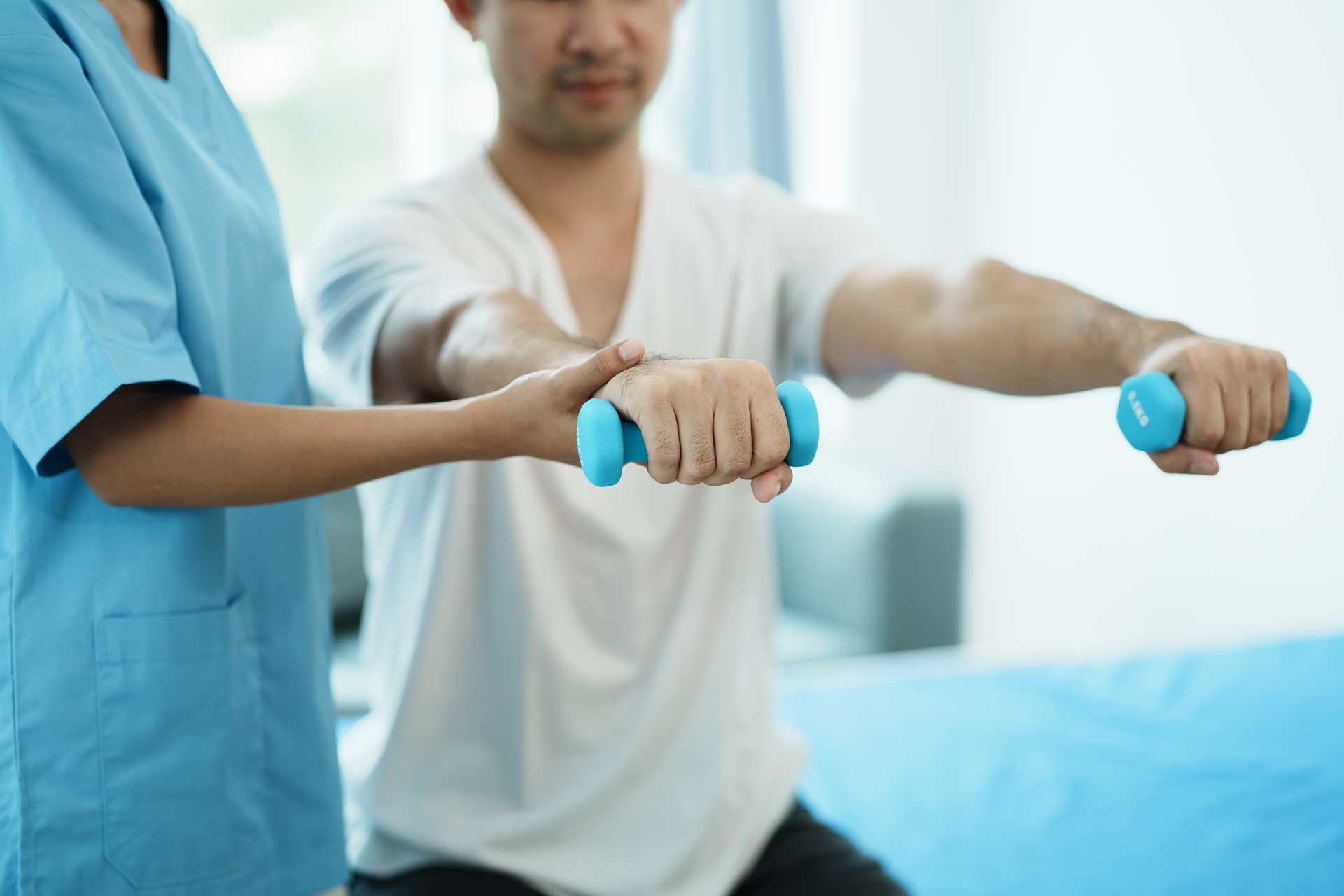Physical therapy plays a crucial role in the rehabilitation and recovery of stroke survivors. After a stroke, many individuals experience a range of physical impairments and functional limitations. Physical therapy, often an integral part of a multidisciplinary approach, offers several benefits to stroke survivors:
- Improved Motor Function: Stroke survivors often face challenges in movement, balance, and coordination. Physical therapy employs exercises and techniques to help retrain and strengthen muscles, improve motor control, and restore normal movement patterns.
- Enhanced Mobility: Regaining the ability to walk and move independently is a primary goal of physical therapy. Therapists work on gait training, balance exercises, and strategies to improve mobility, allowing stroke survivors to regain their independence and perform daily activities.
- Reduced Spasticity: Spasticity is a common complication post-stroke, involving muscle stiffness and involuntary contractions. Physical therapists use techniques such as stretching, manual therapy, and splinting to manage and reduce spasticity, improving comfort and range of motion.
- Prevention of Contractures: Prolonged immobility can lead to contractures—permanent shortening of muscles and connective tissues. Physical therapy focuses on maintaining joint flexibility and preventing contractures, allowing stroke survivors to retain a greater range of motion.
- Pain Management: Post-stroke pain is common and can be caused by various factors such as muscle imbalances, spasticity, and altered movement patterns. Physical therapists develop personalized strategies to manage pain through exercises, manual therapy, and modalities like heat or cold therapy.
- Enhanced Balance and Coordination: Stroke survivors often struggle with balance and coordination, which increases the risk of falls. Physical therapy incorporates exercises that challenge these skills, helping to reduce fall risk and improve overall stability.
- Functional Independence: Physical therapists focus on helping stroke survivors regain the ability to perform activities of daily living (ADLs) such as dressing, bathing, and grooming. By practicing these tasks in a controlled environment, individuals can work toward greater independence.
- Neuromuscular Reeducation: Stroke can disrupt the brain’s communication with muscles, leading to movement abnormalities. Physical therapy employs neuromuscular reeducation techniques to help the brain and muscles reestablish proper communication, leading to more efficient movements.
- Customized Treatment Plans: Physical therapists create individualized treatment plans based on the specific needs, strengths, and weaknesses of each stroke survivor. This tailored approach ensures that rehabilitation efforts are targeted and effective.
- Psychological Well-being: The process of recovering from a stroke can be emotionally challenging. Physical therapists provide support and encouragement, helping stroke survivors build confidence as they make progress in their rehabilitation journey.
- Lifestyle Adaptations: Physical therapists also assist stroke survivors in making necessary adaptations to their living spaces, such as recommending assistive devices or modifications that promote safety and accessibility.
- Long-Term Health Benefits: Engaging in physical therapy not only aids in immediate recovery but also contributes to long-term health. Regular exercise and mobility maintenance can reduce the risk of secondary health issues and improve overall quality of life.
In conclusion, physical therapy is a vital component of stroke rehabilitation, offering a wide range of benefits that contribute to the physical, emotional, and functional recovery of stroke survivors. It helps individuals regain lost abilities, enhance their independence, and improve their overall well-being.



